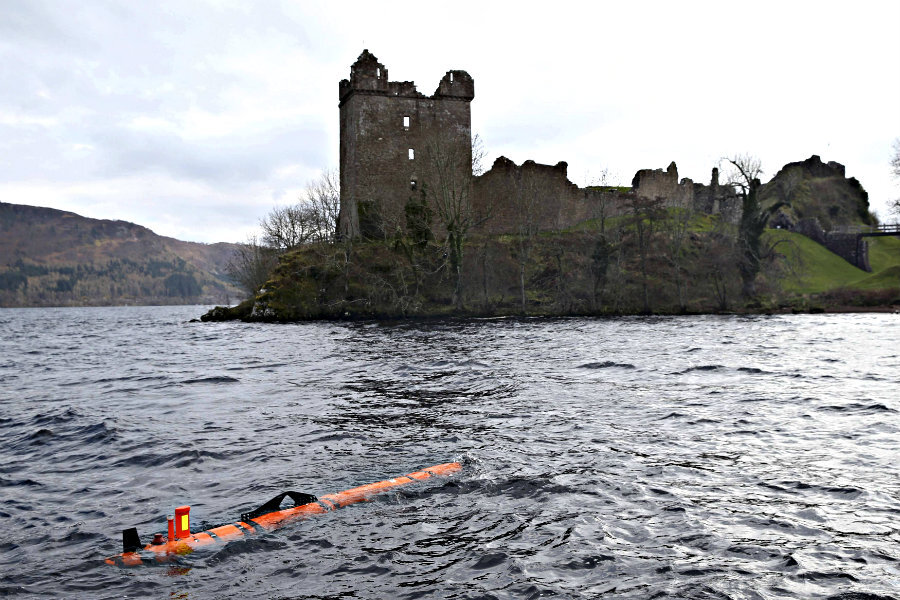What did the 'real' Loch Ness Monster look like?
Loading...
The Loch Ness monster is a celebrity, featuring in popular culture phenomena from Scooby-Doo to Pokemon. There are museums in Scotland dedicated to understanding the creature. Some aficionados have dedicated their lives to understanding and explaining "Nessie."
The story of the real Loch Ness "monster" is less well known, and certainly less explored. But researchers are endeavoring to change that by studying the remains of a fossilized ichthyosaur discovered decades ago, before technology existed to safely free the fossil from its rocky casing.
"People don't realize that REAL sea monsters used to exist," ichthyosaur study lead author Steve Brusatte, a professor at the University of Edinburgh, told Agence France-Presse by email. "They were bigger, scarier and more fascinating than the myth of Nessie. The new fossil is one of them. It actually lived in Scotland 170 million years ago!"
The fossilized remains of the Storr Lochs Monsters, as the ichthyosaur is colloquially known, were discovered on the Isle of Skye in 1966. It likely lived about 170 million years ago, or during the Middle Jurassic period, in Scotland, and was about 13 feet long. Artists' renditions of what the ancient creature may have looked like portray an animal with a long snout filled with hundreds of sharp teeth.
"So few people have ever looked for fossils here," Dr. Brusatte told The Washington Post. "Scotland isn't what you think of when you think of fossils. But there are a lot out there waiting to be found."
Few fossils from the Middle Jurassic period have been found anywhere in the world, according to Brusatte, but it was likely an important point in the evolution of several different species, from tyrannosaurs to flying birds.
Scientists believe that the marine dinosaur discovered on the Isle of Skye is an ichthyosaur, and likely a previously undiscovered species. Since fossils from that epoch are so uncommon, however, and they have not yet studied the Storr Lochs Monster thoroughly, they cannot yet say for sure.
Now, through a combined effort by the University of Edinburgh, National Museums Scotland, and British energy company SSE, researchers are using new techniques to free the fossil from surrounding rock, and reconstruct the ichthyosaur's frame.
The Loch Storrs Monster isn’t Nessie, but many Nessie theorists do believe that the fictional monster could be the descendent of such an aquatic dinosaur.
Legend has it that the first sighting of Loch Ness' most famous resident was in AD 565, when St. Columba reportedly banished a "water serpent" that attacked a man in a nearby river. After photos of the monster surfaced in the early 20th century (since revealed as hoaxes), Nessie's legend grew, and many sought answers. One possible explanation for the monster's dubious existence, according to fans, was that an ancient dinosaur had become trapped in the lake.
Some scientists point to pareidolia, a phenomenon which occurs when the human brain seeks meaning where it doesn't necessarily exist, to explain the belief in Nessie, as The Christian Science Monitor reported last year.
Whether an illusion or not, the Loch Ness Monster has driven plenty of tourism in Scotland. Once fully excavated and displayed, the ichthyosaur could do the same.








